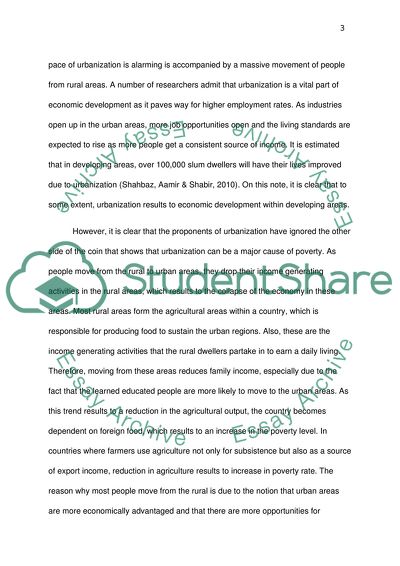Cite this document
(Poverty Due to Urbanization Research Paper Example | Topics and Well Written Essays - 1750 words, n.d.)
Poverty Due to Urbanization Research Paper Example | Topics and Well Written Essays - 1750 words. Retrieved from https://studentshare.org/sociology/1828287-poverty-due-to-urbanization
Poverty Due to Urbanization Research Paper Example | Topics and Well Written Essays - 1750 words. Retrieved from https://studentshare.org/sociology/1828287-poverty-due-to-urbanization
(Poverty Due to Urbanization Research Paper Example | Topics and Well Written Essays - 1750 Words)
Poverty Due to Urbanization Research Paper Example | Topics and Well Written Essays - 1750 Words. https://studentshare.org/sociology/1828287-poverty-due-to-urbanization.
Poverty Due to Urbanization Research Paper Example | Topics and Well Written Essays - 1750 Words. https://studentshare.org/sociology/1828287-poverty-due-to-urbanization.
“Poverty Due to Urbanization Research Paper Example | Topics and Well Written Essays - 1750 Words”, n.d. https://studentshare.org/sociology/1828287-poverty-due-to-urbanization.


